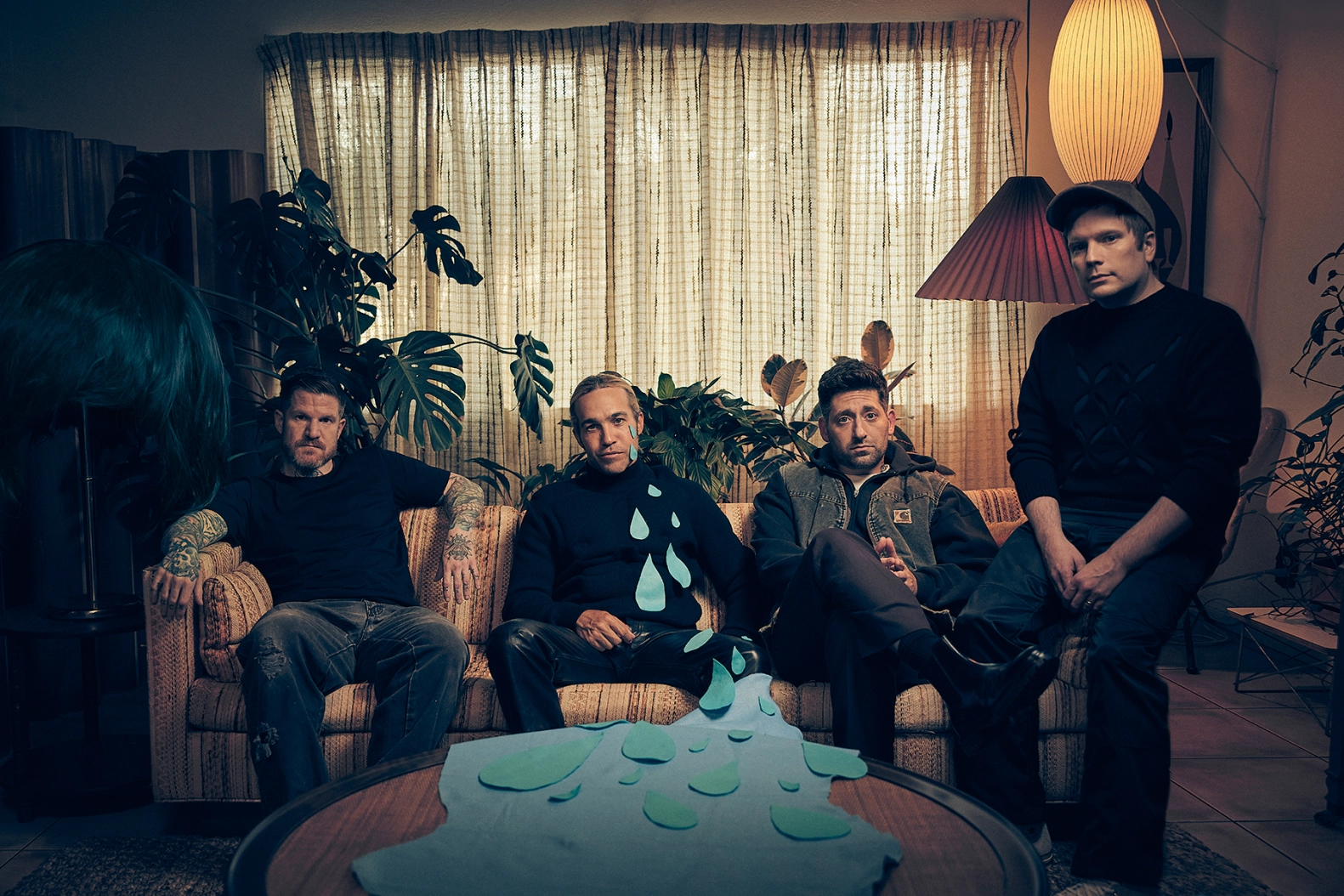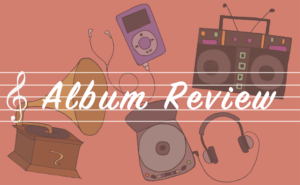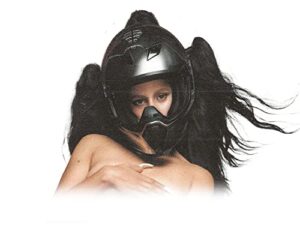The boys are back.
On March 24, Fall Out Boy released their eighth studio album So Much (For) Stardust, making their long-awaited comeback. Many feared that after their last album M A N I A (2018), the band had lost their touch when they strayed too far from their classic emo sound with this poorly received experimental pop/electropop album—luckily, this new album is a return to their pop-punk days.
So Much (For) Stardust‘s thirteen tracks include an orchestrated version of Ethan Hawkins’ monologue from Reality Bites (1994) and another with a poem read by bandmember Pete Wentz. The incorporation of these elements is reminiscent of their divisive album Folie à Deux (2008), and the similarities are no accident. As frontman Patrick Stump said in an interview with NME, “I didn’t want to go back to a specific style, but I wanted to imagine what would it have sounded like if we had made a record right after Folie à Deux instead of taking a break for a few years.” Wentz and Stump succeeded in recreating the same energy the 2008 album brought while still creating something completely new.
The album was preceded by two singles, “Love From the Other Side” and “Heartbreak Feels So Good”; the latter was accompanied by a music video in which the band attempted to kidnap Rivers Cuomo of Weezer. Both songs provided a promising introduction to the album, as they established the funk, rockin’ guitars, and orchestra that would follow on the album. “Love From the Other Side” is the first track, and begins with electric piano that then explodes into a guitar riff backed by other instruments. It’s loud and unapologetic, and brings the high energy necessary to kick off an album. “Heartbreak Feels So Good” follows up the opener in stark contrast with a much more muted instrumental of mostly synth. Both songs have the intense electric guitar riffs and brilliant drumming that made the classic Fall Out Boy songs so lively; and while the lyrics border on nonsensical, the emotions conveyed are clearly understood.
The highly anticipated album has no shortage of heavy hitters. “Hold Me Like a Grudge” is an automatic favorite for its killer groovy bassline—a stroke of genius by Wentz. During the pre-chorus, chugging guitars come in, making it the most danceable track on the album. The song is an exploration of getting older and how difficult it is to keep up with the changing times, both in life and in the music industry. Is the line “Hold me like a grudge” a bit cheesy? Sure. But the more important question is, would it be Fall Out Boy without a little cheese? Luckily, Patrick Stump’s soulful and impressive vocals distract from the lyrical simplicity for the first few listens.
The orchestral instrumentation is in full force on “I Am My Own Muse,” the most unique track on the album. It is dramatic and dark and fully immersed in classical music; it’s 90 percent orchestra and 10 percent pop punk. Violins carry the song, with lead guitars only coming in for the bridge. Horns fill in where a guitar riff would be and cellos keep a staccato, yet deeply resonant bassline going. The sheer size of the string section and their slightly ominous melody creates a bombastic and dramatic instrumental that makes me love this song endlessly. Using primarily classical instruments produces a composition with more gravity and grandiosity than could possibly be achieved with typical rock/pop band instruments. This intense level of musical accompaniment is necessary for a song with lyrics like, “I’m just trying to keep it together / But it gets a little harder when it never gets better.” Though it doesn’t have the same sound as the music from M A N I A, “I Am My Own Muse” feels like a nod to the previous album.
So Much (For) Stardust starts and ends very strong, but it’s not perfect all the way through. “What a Time To Be Alive” feels like a filler song masquerading as a pop song—it’s repetitive and uses a melody that, though fun and upbeat, feels like a generic and unoriginal ’70s song. As for “Heaven, Iowa,” the best way to describe it is unsettling. It’s quiet and synth-heavy, before suddenly getting very loud. It doesn’t help that the vocal melody in the chorus doesn’t resolve properly. Overall, it’s a frustratingly incohesive and unsatisfying song to listen to. None of the songs are egregious failures, but the boys have proven they can do better
The biggest stand-out is the titular “So Much (For) Stardust,” which closes out the album. The song is a reflection on fame and the nihilism that comes with age (“I used to be a real go-getter, I used to think it all gets better”). It is the perfect culmination of the album, as it incorporates both musical and lyrical elements from throughout. The bridge makes references to the first song off the album, “Love from the Other Side,” with the lyric, “What would you trade the pain for? I’m not sure.” Sampling from their own discography is a long-loved and typical Fall Out Boy device. As for the instrumentals, Fall Out Boy takes their dabble with orchestration to new heights. The song opens with a hauntingly beautiful string melody before the heavy drums and keys come in, perfectly blending pop-punk with a classical sound. The trumpets that accompany the verses and pre-chorus keep a driving rhythm which artfully builds the tension for the chorus. Then comes the almost violent release of emotion through Stump’s vocal runs. Though the strings from the intro fade as the song goes on, the piano line maintains a classical touch. It is near impossible to resist singing the chorus, “So much for stardust, we thought we had it all, thought we had it all, thought we had it all …”
If a little pop punk and old-school emo have been missing from your life, So Much (For) Stardust is exactly what you need. The album is just what the music scene was lacking and elegantly merges nostalgia and progressive creativity—I look forward to so much (more) stardust.





